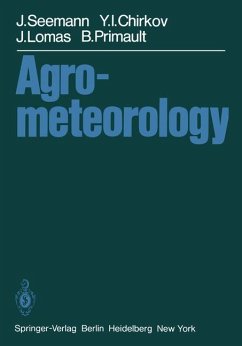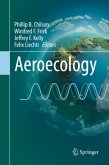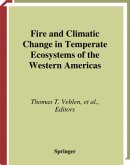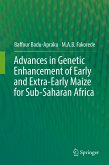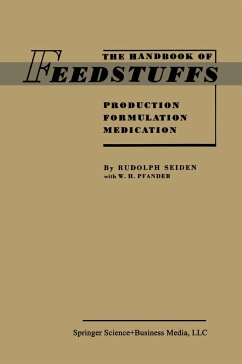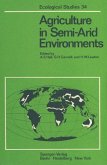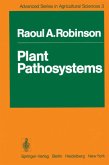Agrometeorology is a comparatively young science. The beginnings of agrometeorological work came in the 20's of this century, when agrometeorology was a working branch of climatology. In the years following 1950 it then developed widely to an independent science. In this process, agrome teorology has not only gained a vast knowledge of the influence of meteorological conditions on plants and livestock in agriculture and damage prevention, but additionally evolved new advisory methods which are of great practical use in agriculture. Up to the present time there has been practically no specific training for an agrometeorologist. Agrometeoro logists are drawn, according to their training, from the ranks of general meteorology or from agriculture and its related biological disciplines. They must, therefore, them selves gather the knowledge for their agrometeorological work and combine for themselves the complex of agrome teorology from biological and meteorological information. This is usuaIIy far from easy, as the relevant literature is scattered among the most widely differing journals, partly in little-known foreign languages, and is thus very difficult of access. Comprehensive writings are to be found only in very few partial fields of agrometeorology. The subject of training problems has thus been treated as of utmost importance at the meetings ofthe Commission for Agrometeorology (CAgM) of the World Meteorological Organization (WMO), especially as agrometeorology has won such great significance and useful ness not only in the so-called underdeveloped countries in advancing a more productive agriculture, but also in coun tries whose agricultural standard is already high.
Hinweis: Dieser Artikel kann nur an eine deutsche Lieferadresse ausgeliefert werden.
Hinweis: Dieser Artikel kann nur an eine deutsche Lieferadresse ausgeliefert werden.

